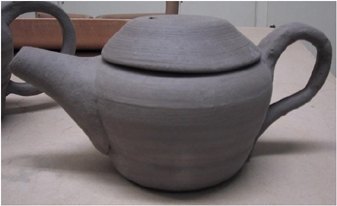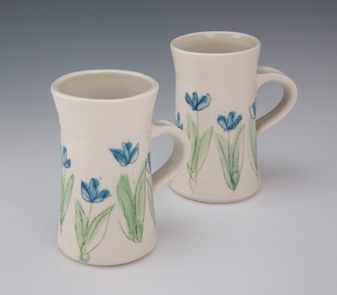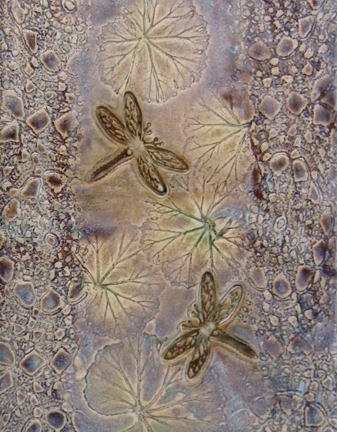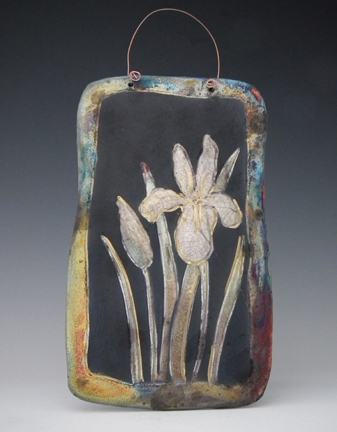Pottery Stages and Firing Guide
|
Greenware
Greenware is a clay object that has never been fired. It is not very durable and will dissolve into sludge if it gets wet! Bisque Firing Most pottery is fired twice. The first firing is called a “bisque” and hardens the clay to the point where it can be glazed without too much risk of breaking. Bisque fired work is not yet able to hold water without it seeping through. A bisque firing will heat the pot to a temperature of 999 degrees Celsius for a medium firing, common for stoneware. Electric Firing An electric kiln is used for firing pottery to almost all possible firing temperatures – from the low temperatures needed to put gold trim on fine china to the high temperatures needed to ensure “cone 10” (high-fire) clay is completely mature and watertight. Most often, at WPW, the electric kilns are used for “cone 6” clay pots (medium-fire). The atmosphere in an electric kiln has plenty of oxygen available for the chemical reactions that make the glaze hard and colourful. Gas Firing A gas kiln can also be used for firing pottery to almost all possible firing temperatures. At WPW Waterloo Potter's Workshop, it is normally fired to “cone 10” (high-fire). Generally, the oxygen supply is restricted, so the firing is said to be “in reduction”. A glaze may have a totally different appearance in reduction vs the oxidation firing of an electric kiln. For example, one cone 6 glaze is green in oxidation and red in reduction! Some colours are best achieved in reduction, like reds and purples. Gas firings can also produce more ‘movement’ in the glaze that is harder to achieve in oxidation (electric) kilns. Raku Firing Raku is always fired outside and is fueled by propane. The pots are put into the kiln until the glaze reaches the right temperature. Then they are removed and placed in containers filled with shredded newspaper and covered with a lid so that no air gets in. This is another way of getting that reduction (limited oxygen) effect, but in a very short time period compared to a high temperature gas firing. Smoke Firing Bisqued pots are placed in a container, such as a metal garbage can. The bottom is lined with sawdust and holes are drilled around the can to allow air to pass through. The pots are prepared with areas that are intended to be lighter by masking with paper, string, or organic materials like leaves or flowers. The pots are then placed in the container layered with newspaper which is then lit. The sawdust catches fire and produces smoke that marks the pots where it can reach. |
|






